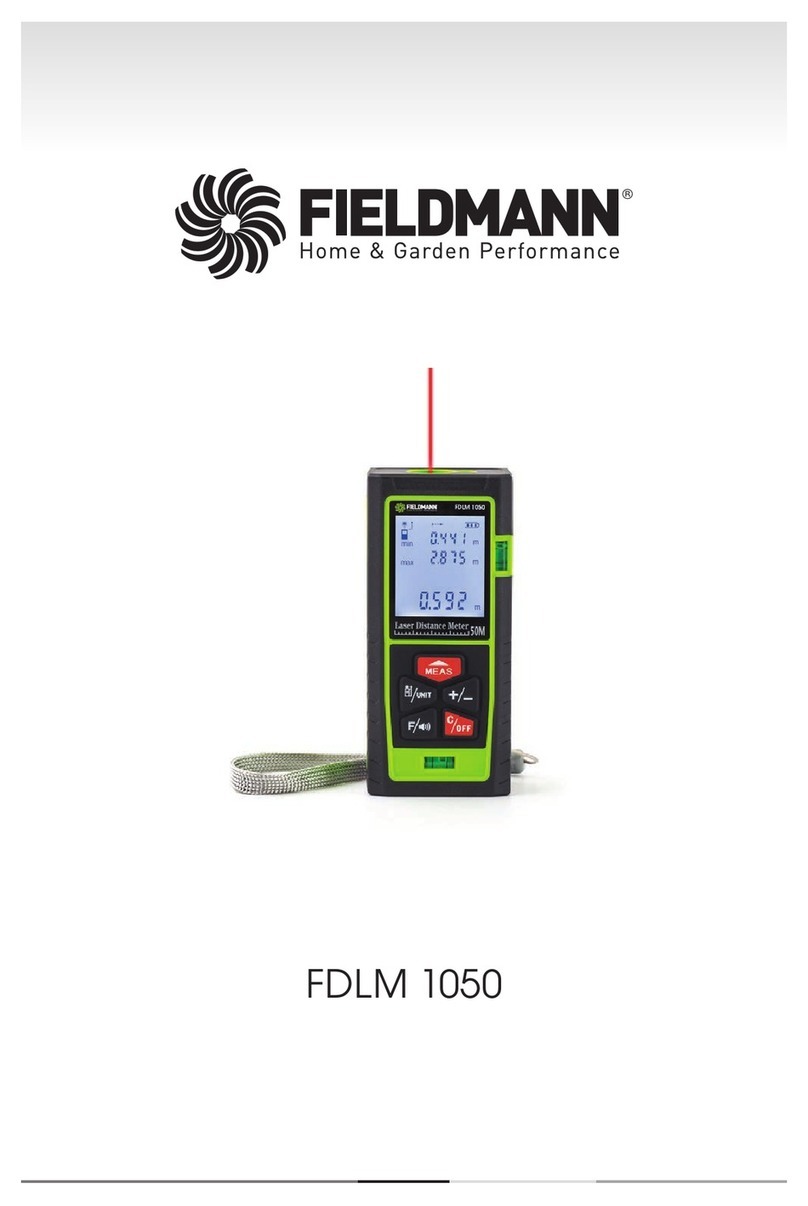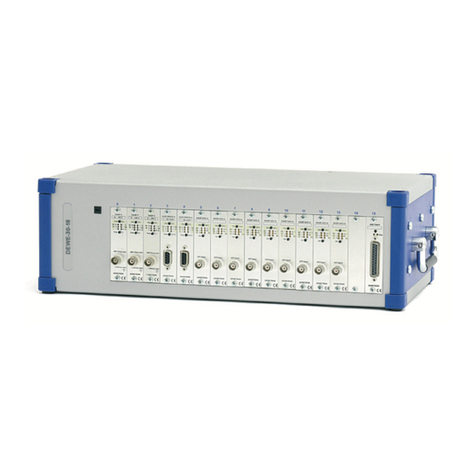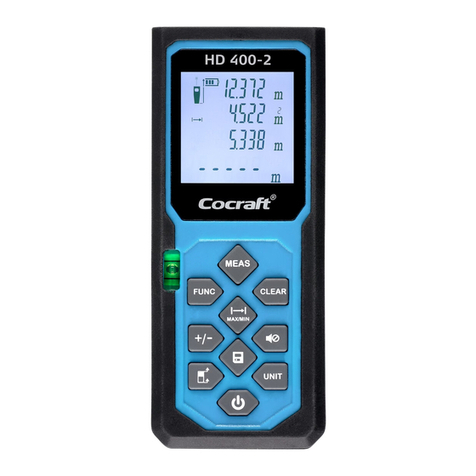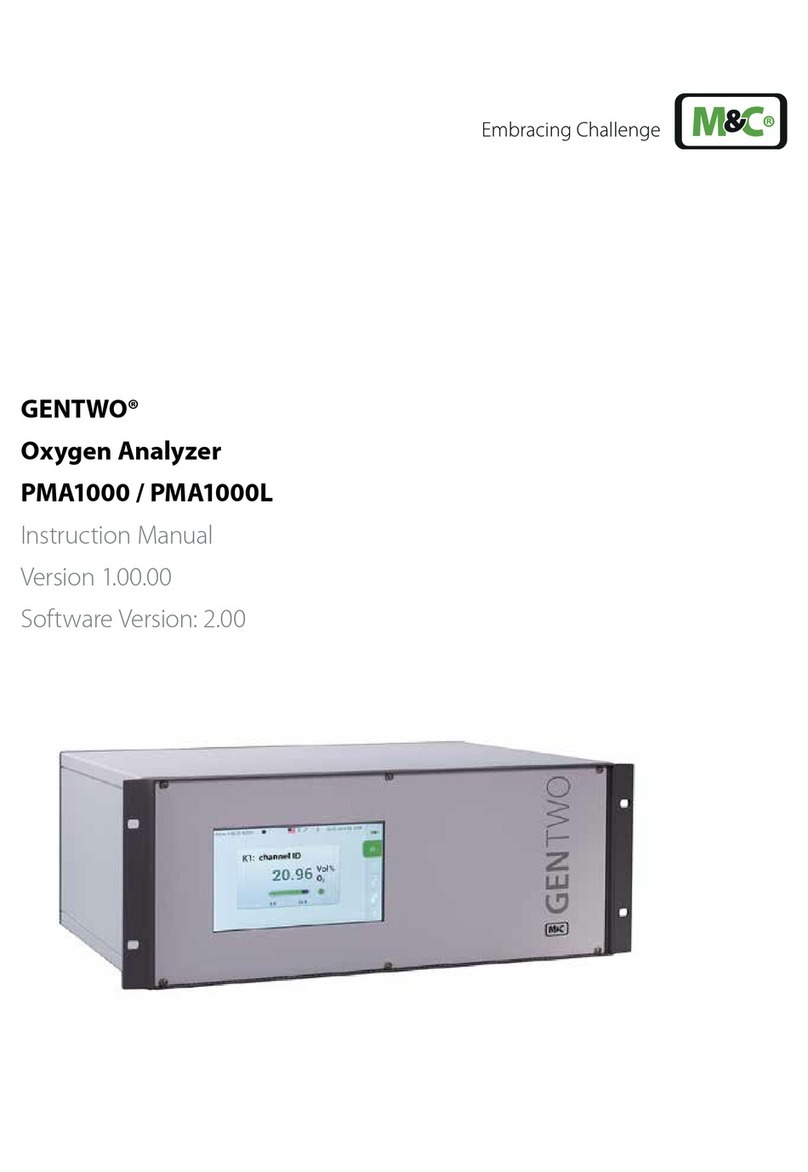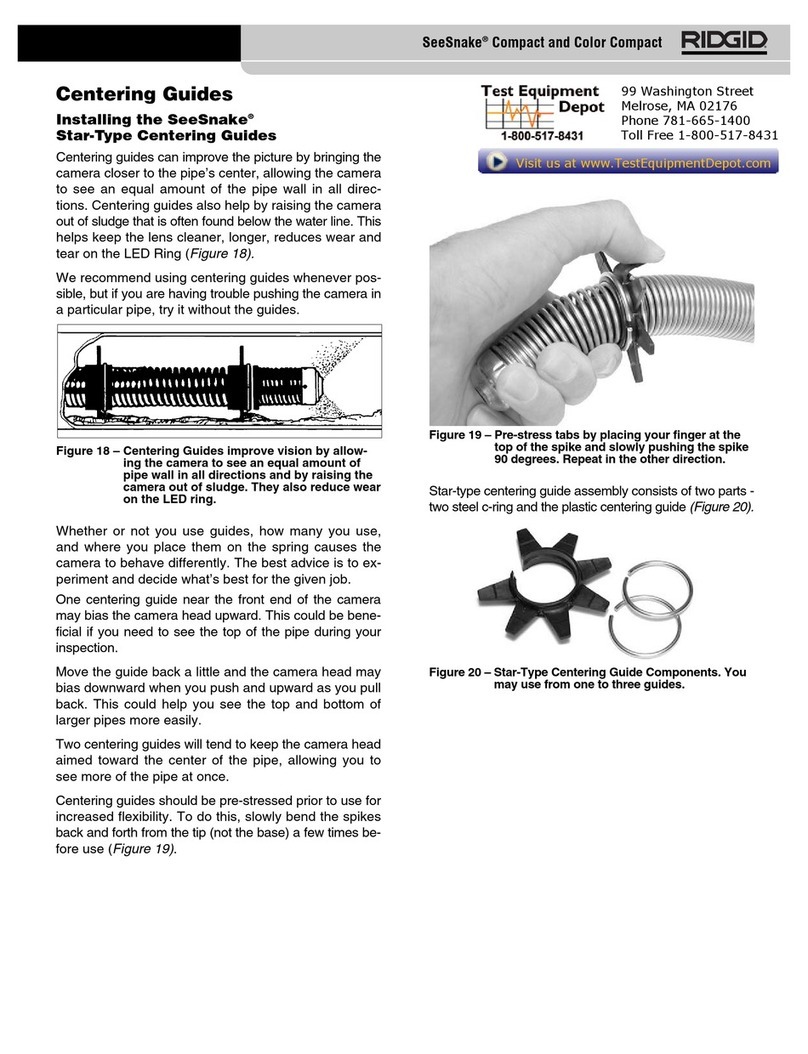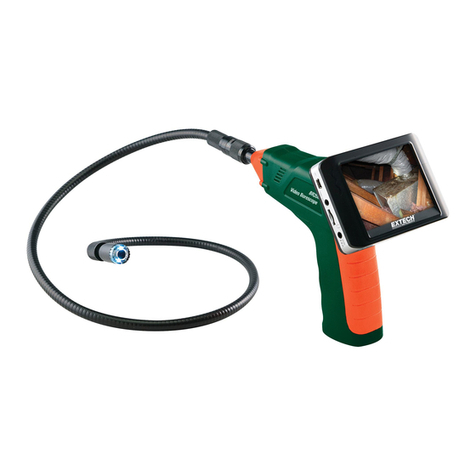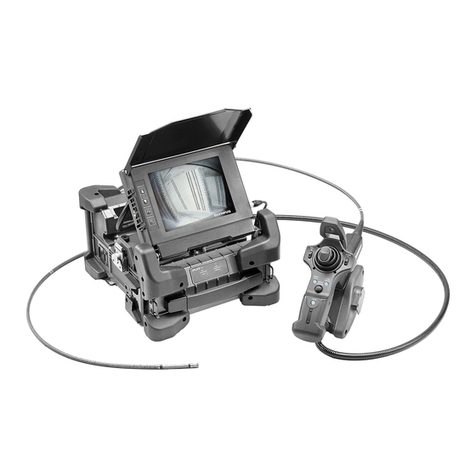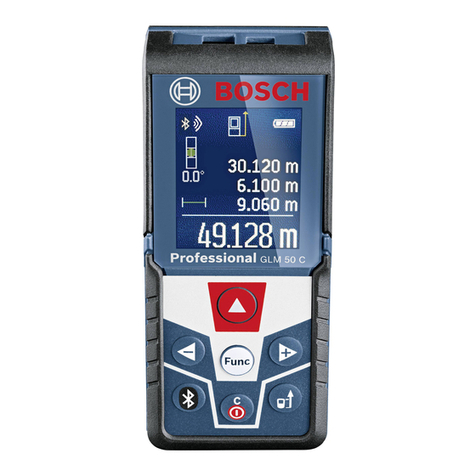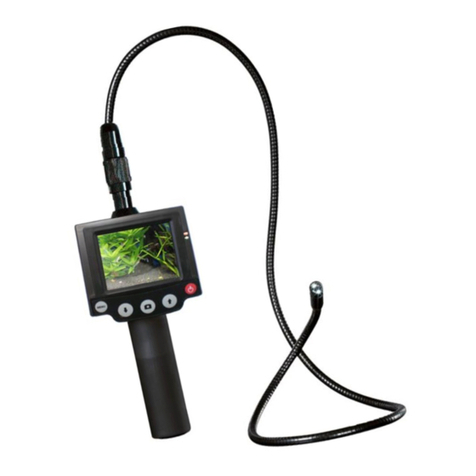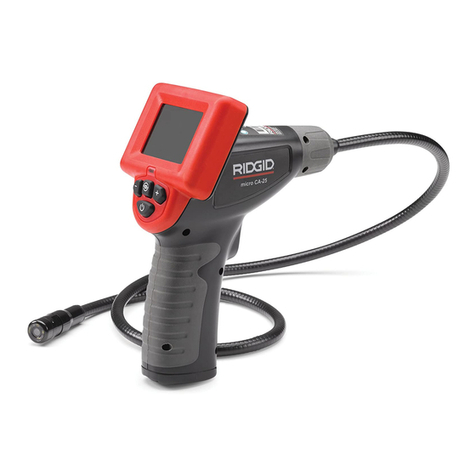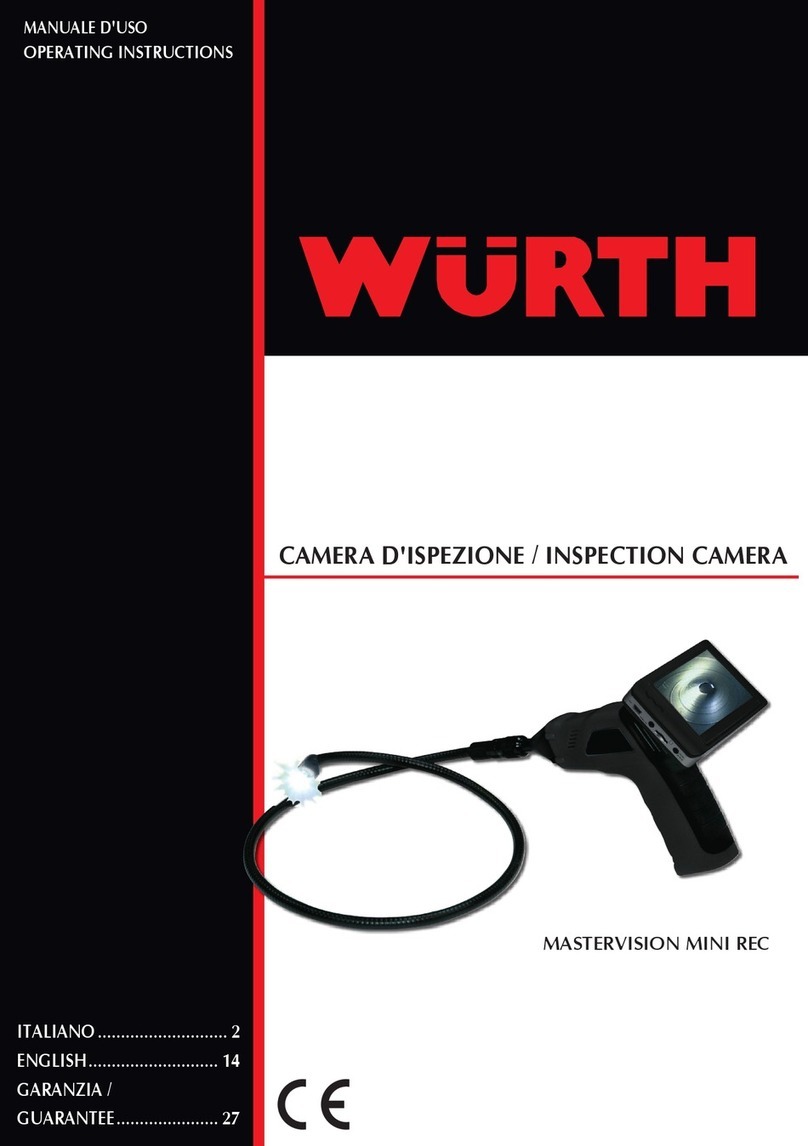
PhaseTechnology70XiFuelAutosamplerAnalyzerSystem–QuickInstallationandStartUpGuide
Page 2 of 2 Customer Service & Support: 604-241-9568
customer_service@phase-technology.com
10. Power up the analyzer:
Press the round button at the bottom right hand side at
the front of the analyzer.
The analyzer will perform a set of self tests to verify its
main components, including the optics system and
cooling system, are operating correctly.
If a problem is detected, the self tests will stop and a
message will be displayed on the bottom of the screen.
If any component fails the self tests, press the
INTELLINOSTICS button for further information
and troubleshooting steps.
If the pour point function is available, the analyzer will
automatically perform an auto-purge process after the
self tests.
11. Power up the autosampler:
Switch the power control above the power cable
connector to the “I” position.
The autosampler will perform a series of self-tests,
moving its arm to pre-defined locations.
Warning: The arm moves and rotates at a
moderately fast speed during its self-tests.
The tip of the autosampler probe is sharp.
Caution: Do not place obstacles that would
block or impede the movement of the arm. If
the arm movement is impeded at any point
during the self-test causing it to stop or
stutter, switch off the autosampler and
power it on again to reinitialize.
12. After the self-tests are completed, the analyzer shows
the Vial Setup screen.
The analyzer returns to this screen whenever
the VIAL SETUP button is pressed.
The Sample Cup Temperature, Optics Light Signal, and
Run Count are displayed at the top of the screen.
A set of Favorites buttons is listed on the right hand
side of the screen.
The main area in the middle of the screen is used for
programming test settings for any vial position. The
rows of circles represent the physical vial positions
available on the two vial racks of the autosampler.
The ACCESS button on the lower left hand
corner is used for changing user access levels,
resetting the analyzer, and shutdown.
13. To start a test:
a) Fill a vial with sample all the way to the neck.
Insert a septa inside the vial cap (Teflon side
facing the sample), and screw the vial cap onto
the vial. Place the vial into any available position
on the sample rack.
b) To program a vial using a predefined test setting,
simply drag a suitable favorite button to the vial
position where the corresponding test sample has
been placed on the sample rack, e.g. the diagram
below shows the “Diesel” favorite button can be
dragged from its starting position on the right and
be dropped onto the Vial position in row E and
column 5.
c) Repeat the drag & drop procedure if more
than one vial needs to be programmed.
After all vials have been programmed,
press the START TEST button to start the
test sequence.
